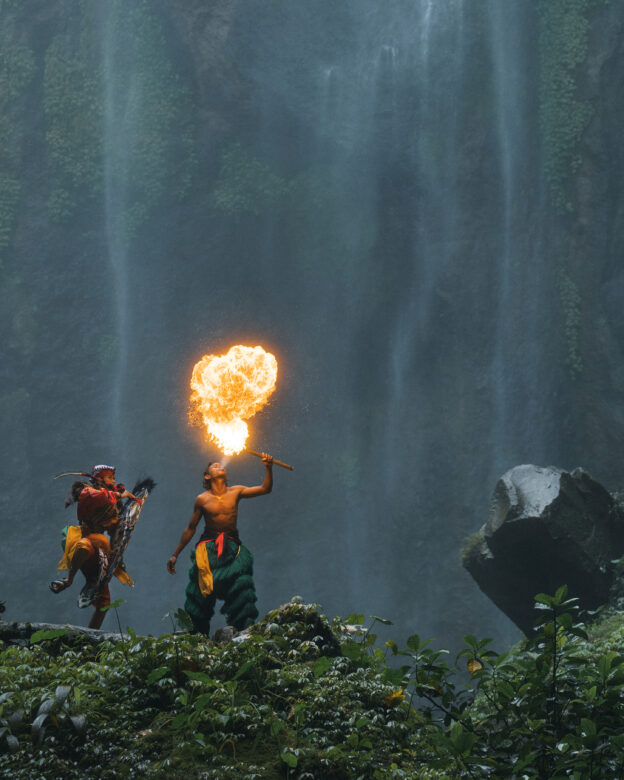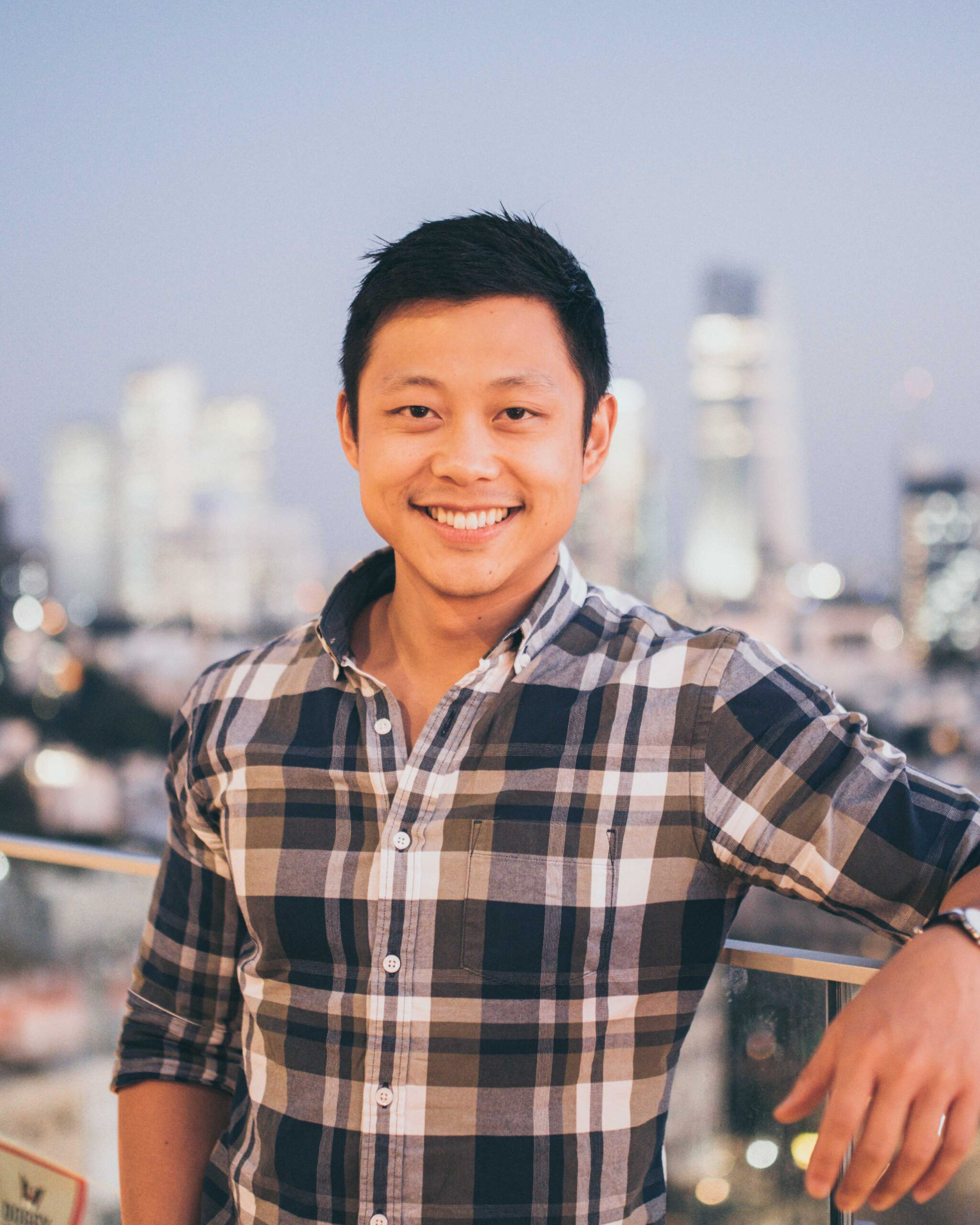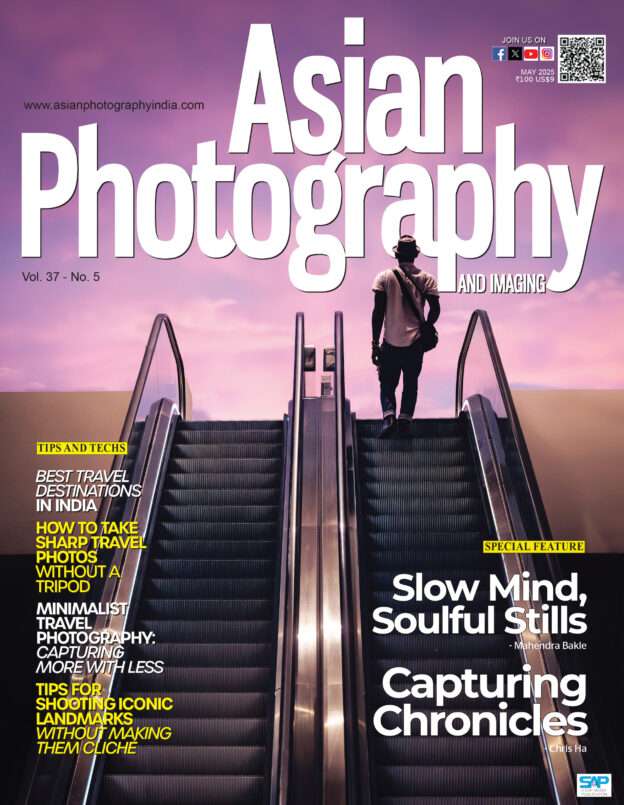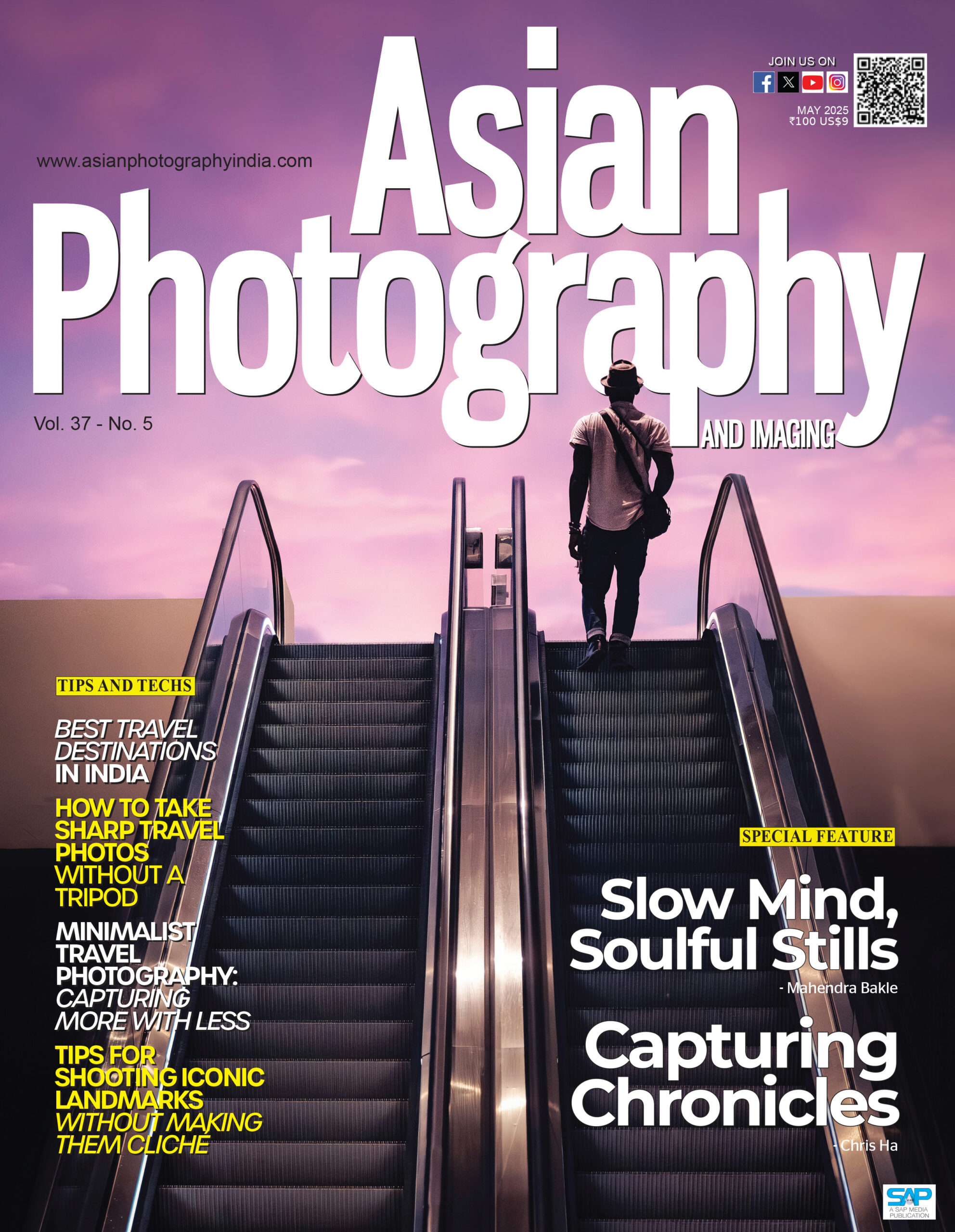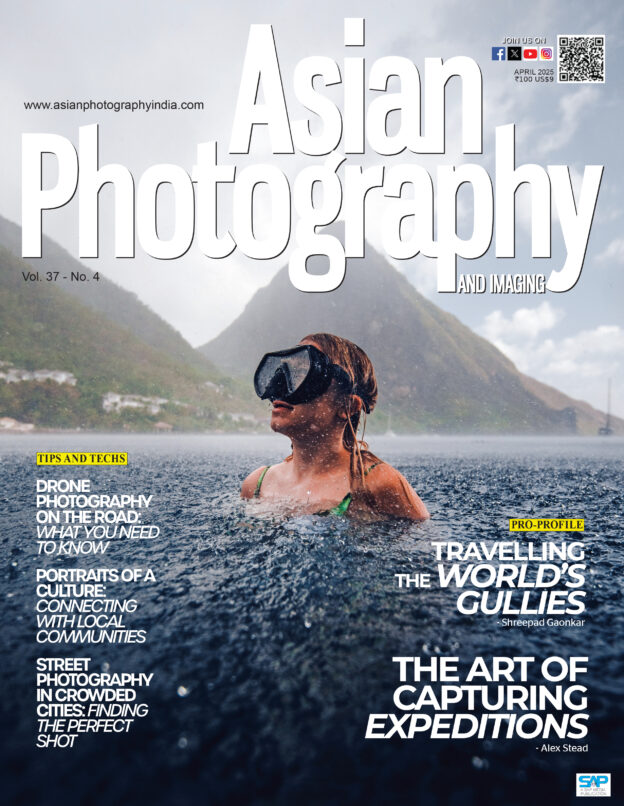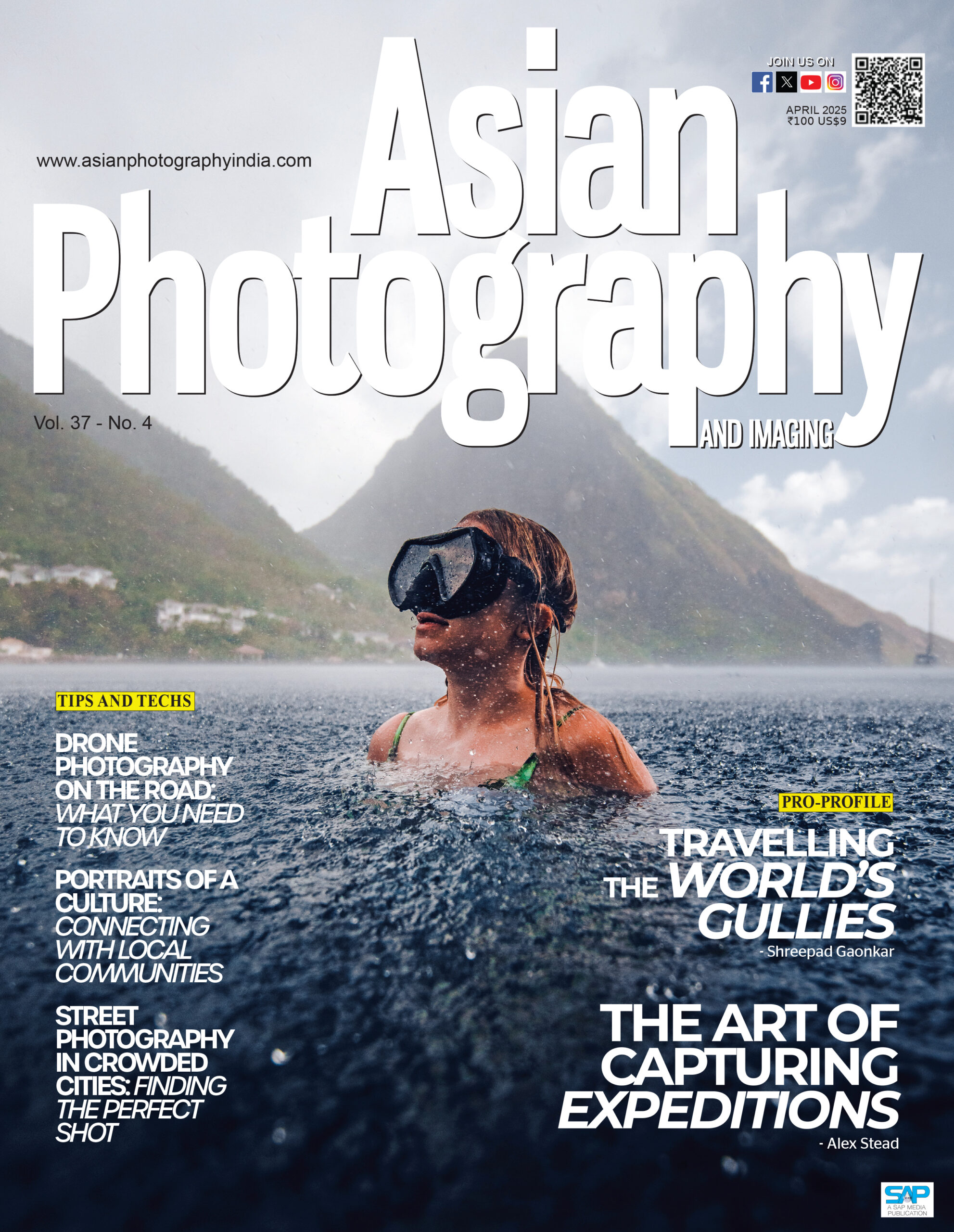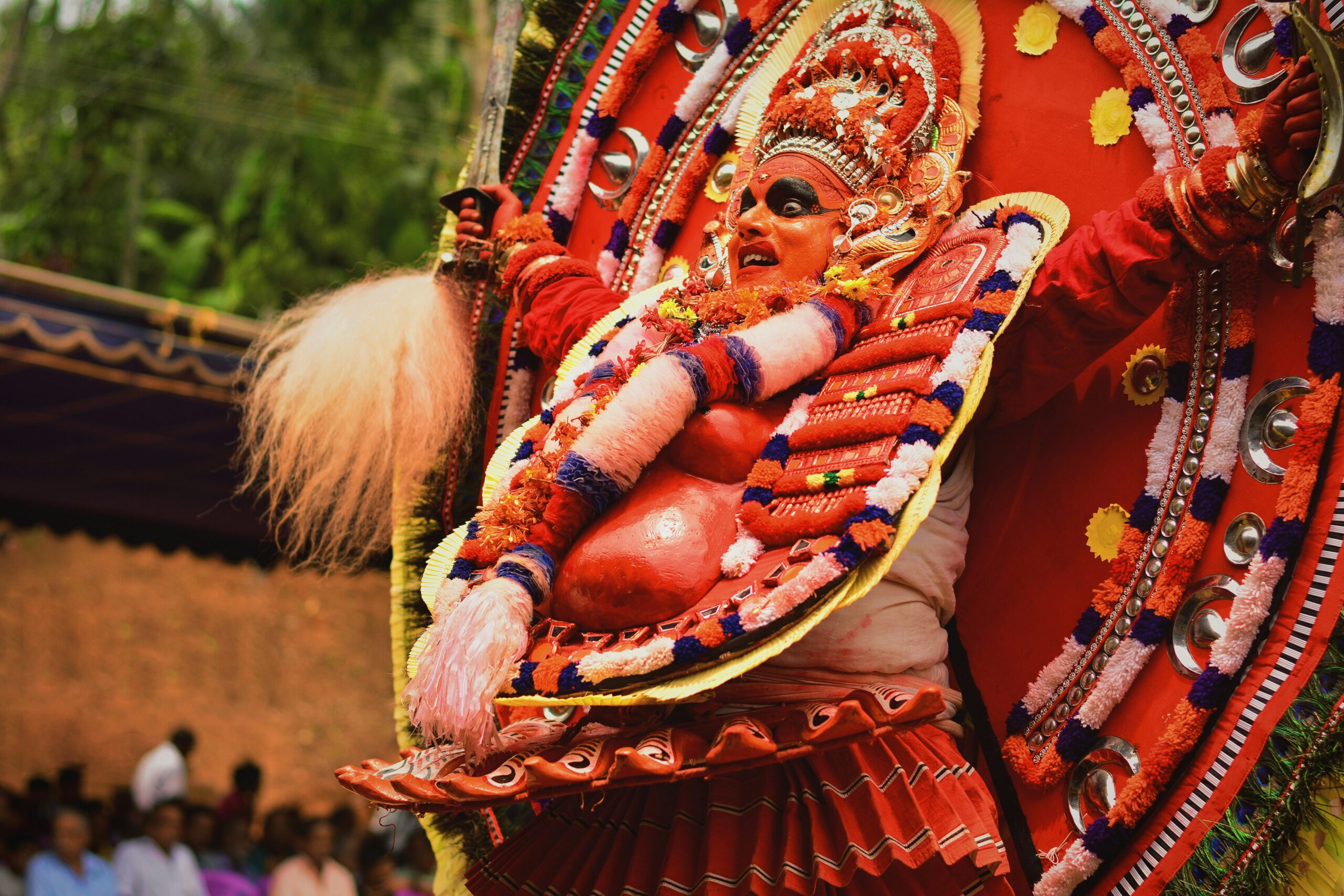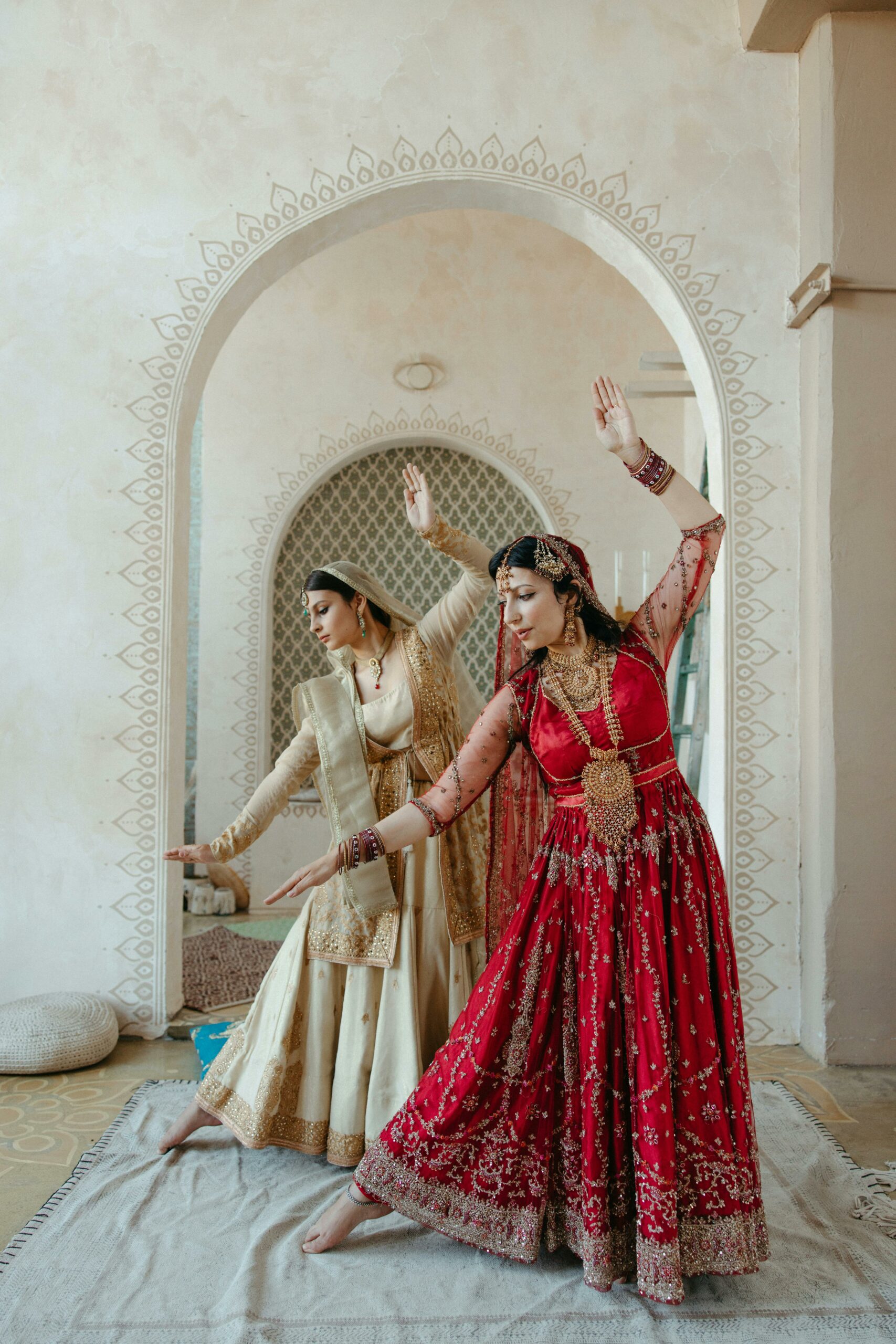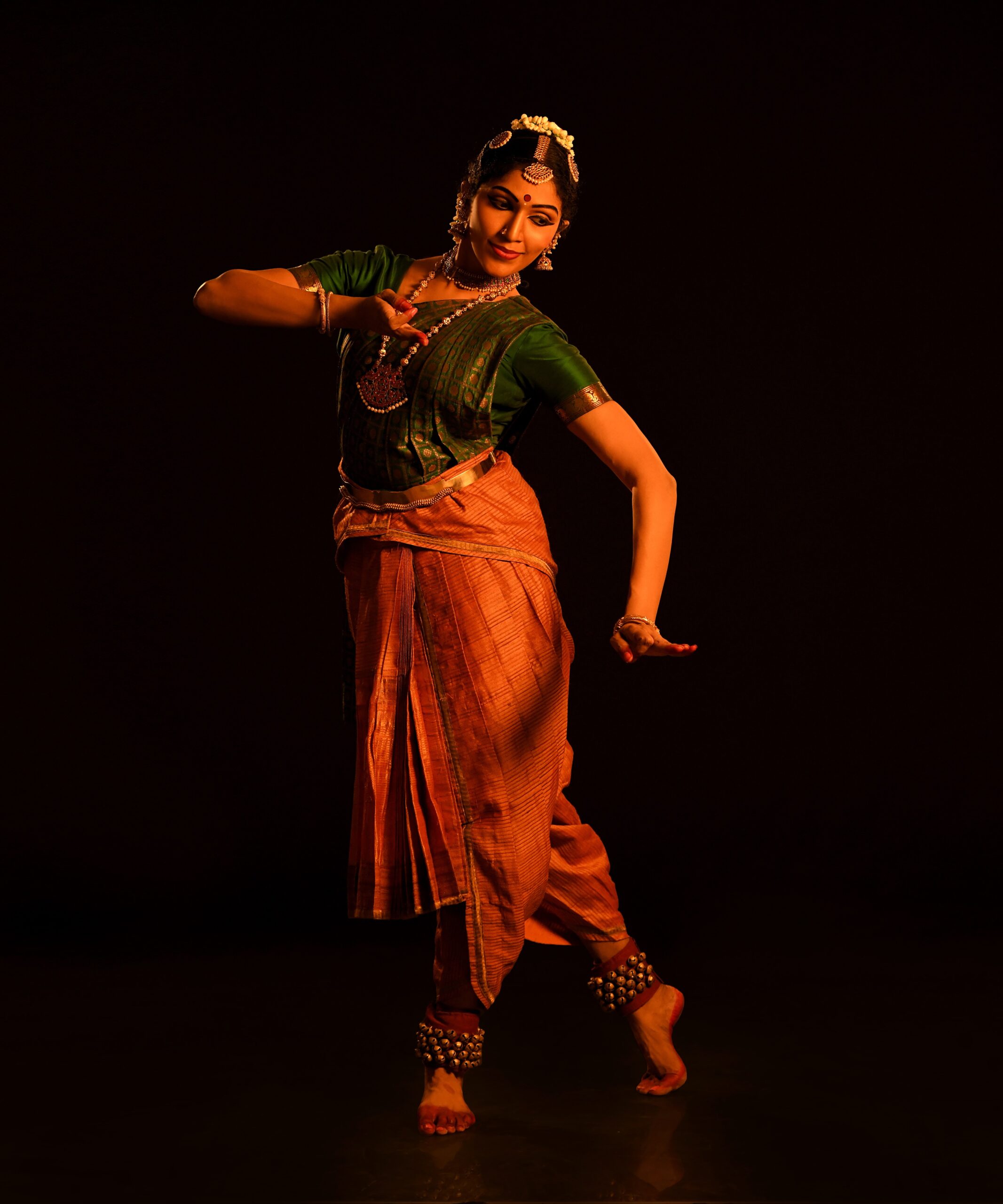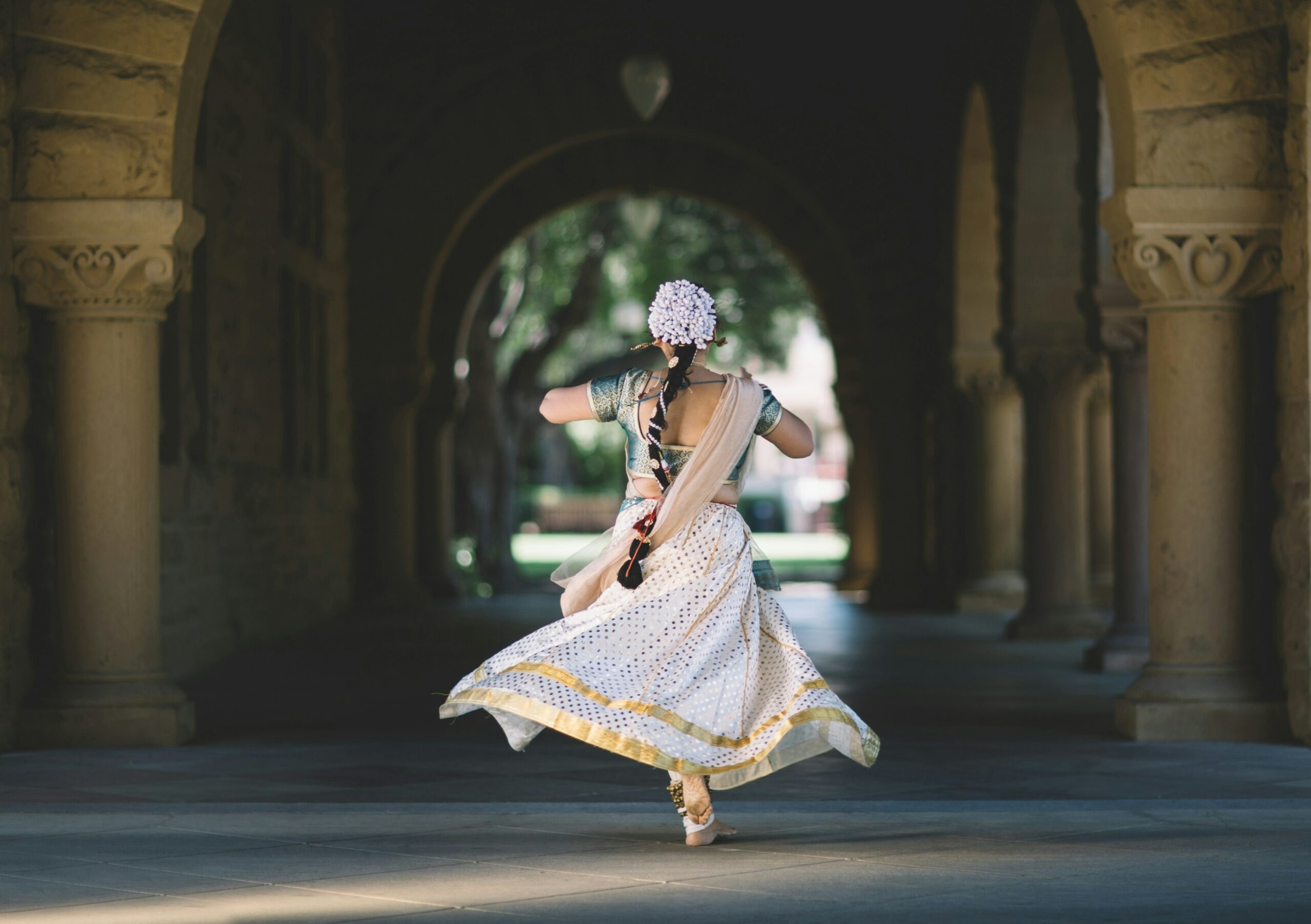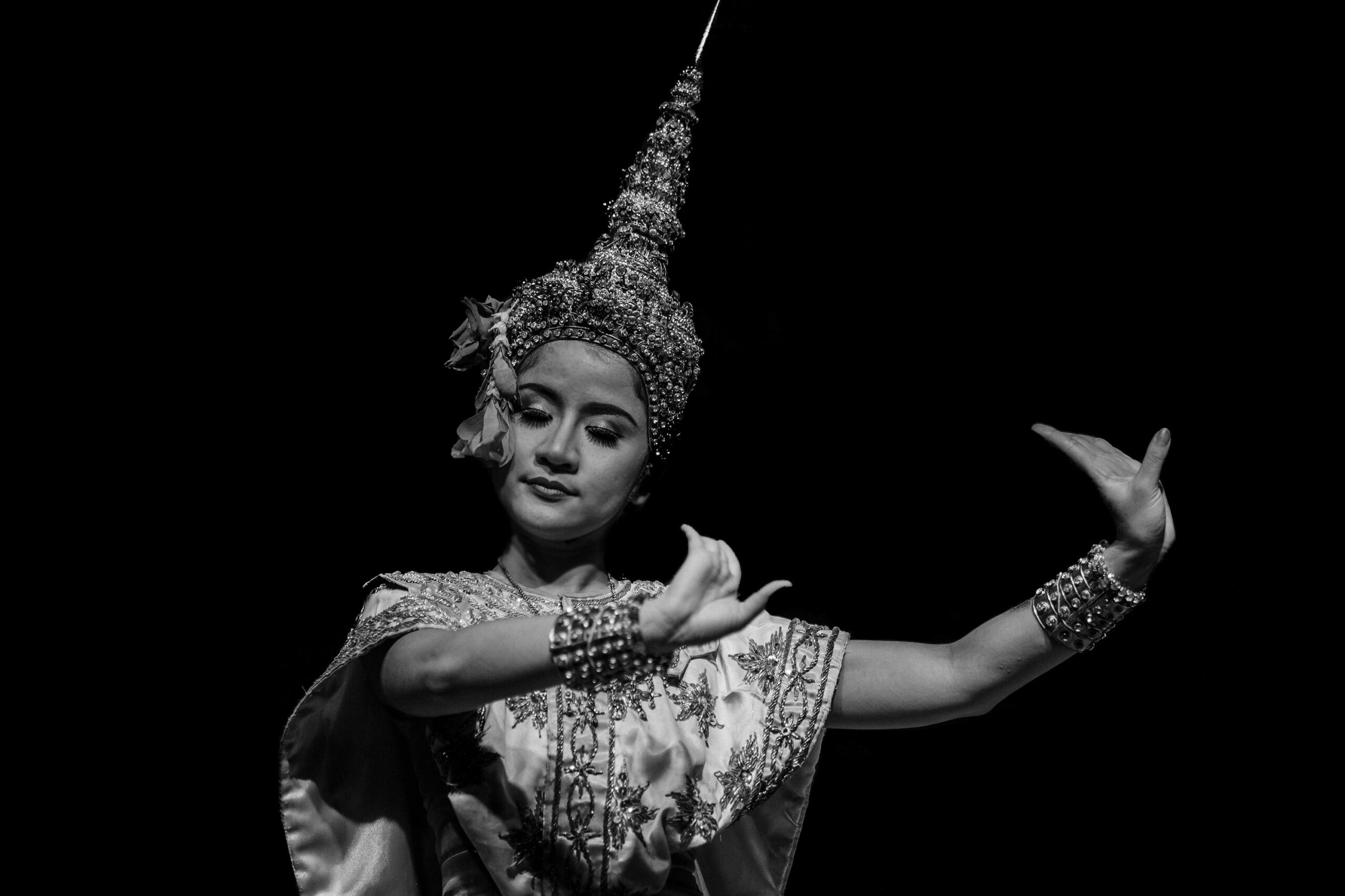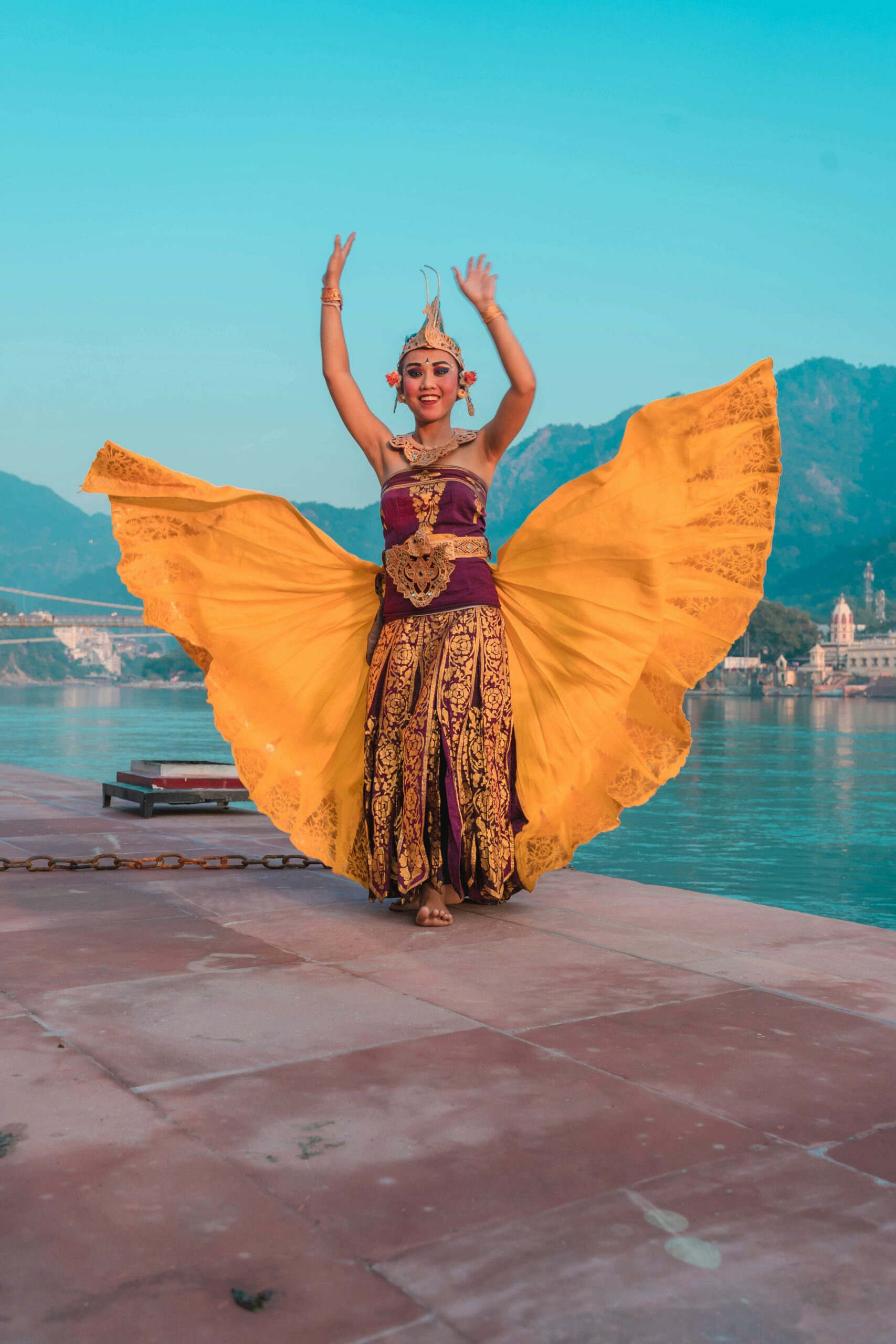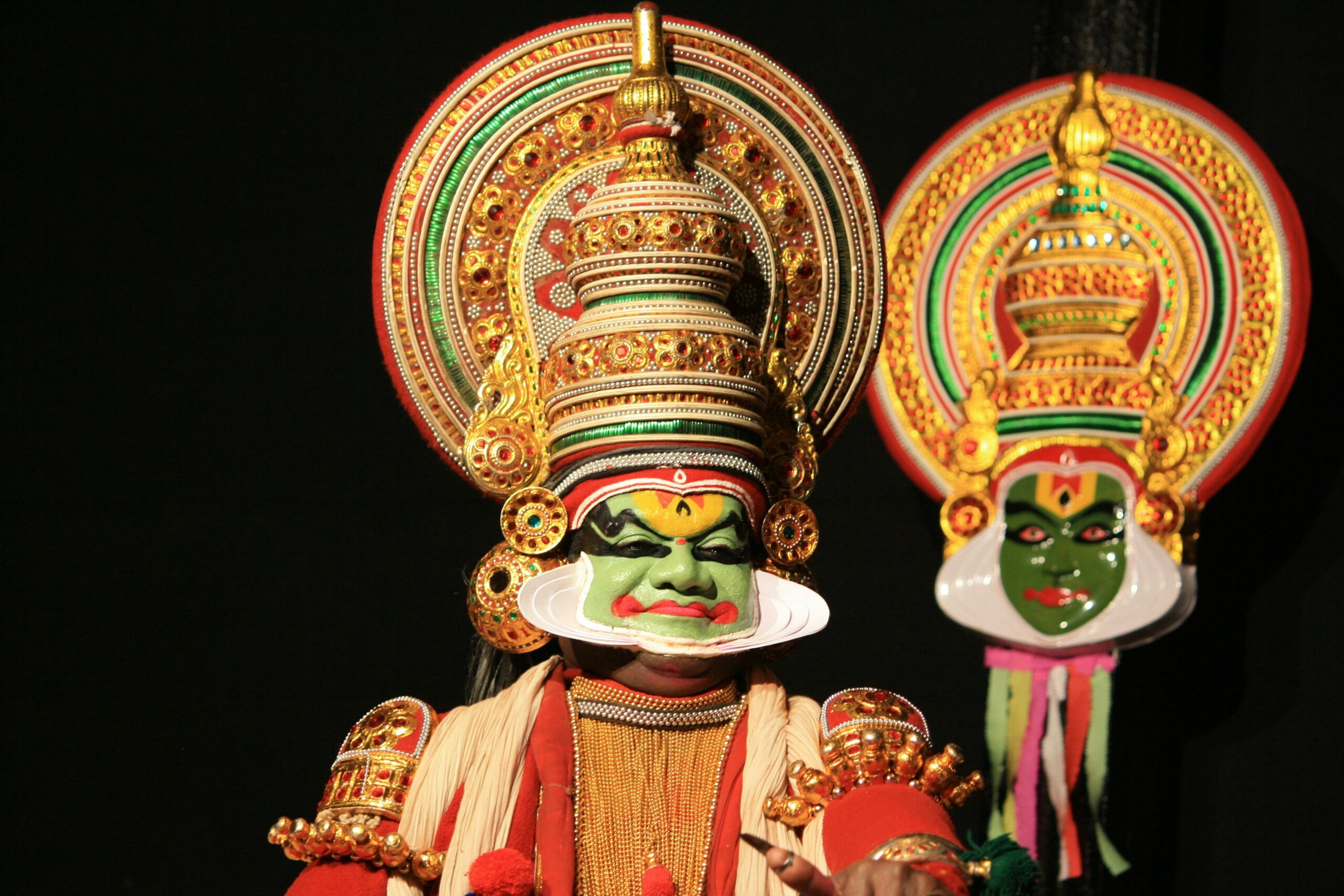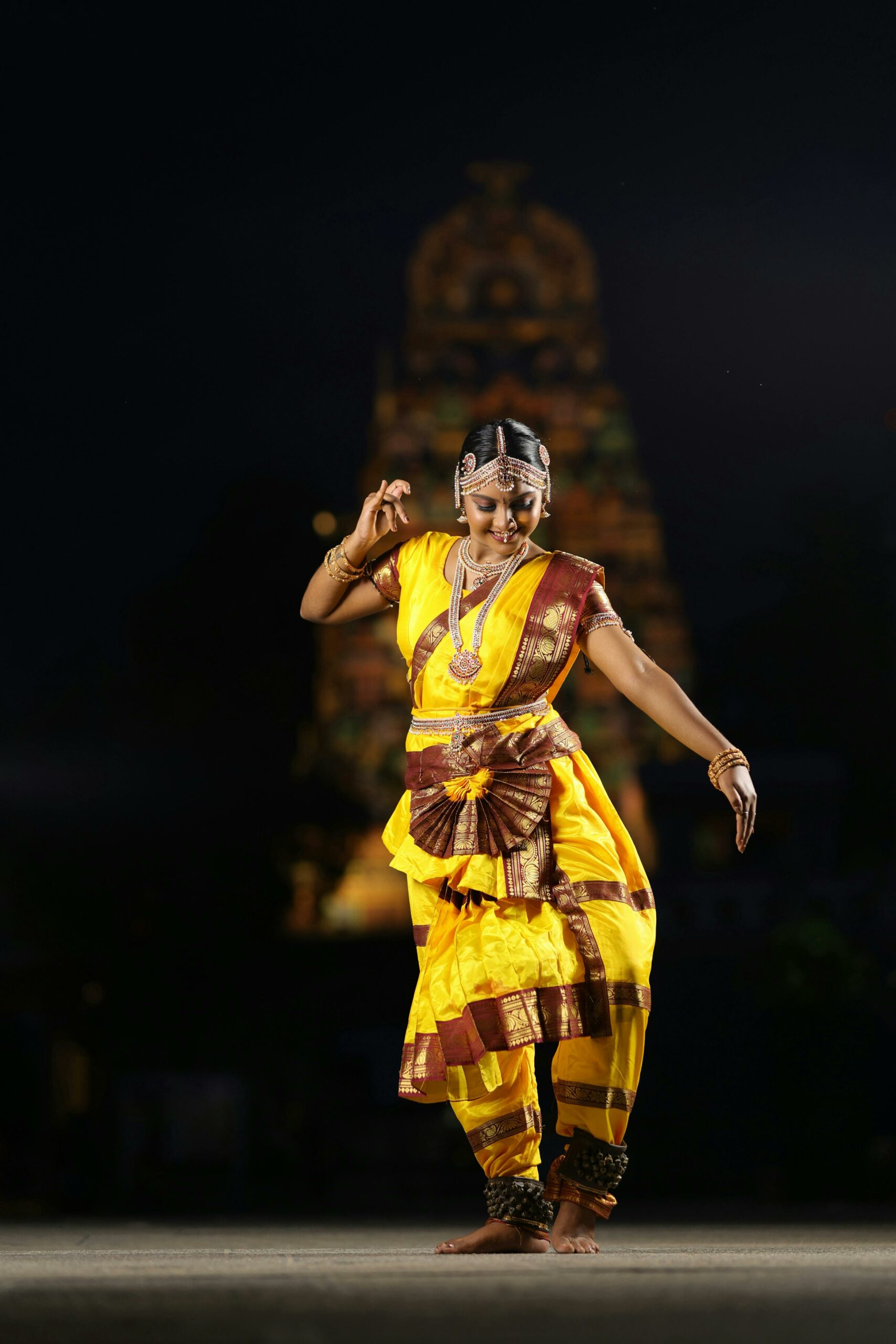
Roshani Shah is a street, festival, and cultural photographer with nearly a decade of experience documenting the vibrancy of Indian life. Her work captures the energy, emotions, and stories of people during festivals, rituals, and everyday moments, blending photojournalistic authenticity with creative storytelling. Through her lens, Roshani seeks to reveal the connections between communities, traditions, and the environment, creating images that resonate with people from all forms of life. Asian Photography spoke to her about festival photography experiences, preparation, unique spectacles and more. Excerpts:
How Did Your Pursuit Of Photographing Festivals Begin?
My journey with festival photography began with Ganpati celebrations in Mumbai, and soon after, the Pushkar Camel Fair in 2017. Being in the midst of such vibrant crowds made me realise how diverse and beautiful India truly is—each region, each community, each tradition is so unique. What started as curiosity soon became a passion, because festivals gave me an opportunity to experience India beyond my immediate surroundings. They aren’t just events, they are living stories of people, culture, and emotion and that is what pulled me deeper into festival photography.
What Is Your Favourite Festival You’ve Shot So Far?
Ganpati has always been close to my heart. I’ve been documenting it for nearly a decade now, and every year it feels just as powerful and energising as the first. There’s an unmatched sense of positivity, the colours, the music, the smiles, the devotion. It’s a festival where you truly feel the city breathing in rhythm with its people.
Another festival that stands out for me is Pandharpur Wari. The warmth and openness of the people, the way they welcome you into their journey, and the respect and safety I’ve experienced as a woman photographer there makes me deeply connected to it. When you feel safe and grounded, your creativity expands, you stop worrying and start seeing more stories. The connection with these festivals are different, and that’s why Wari, alongside Ganpati, remains one of my absolute favourites.
What Is The Ratio Of Documentary/photojournalistic Photos To Creative Photos You Typically Shoot At A Festival?
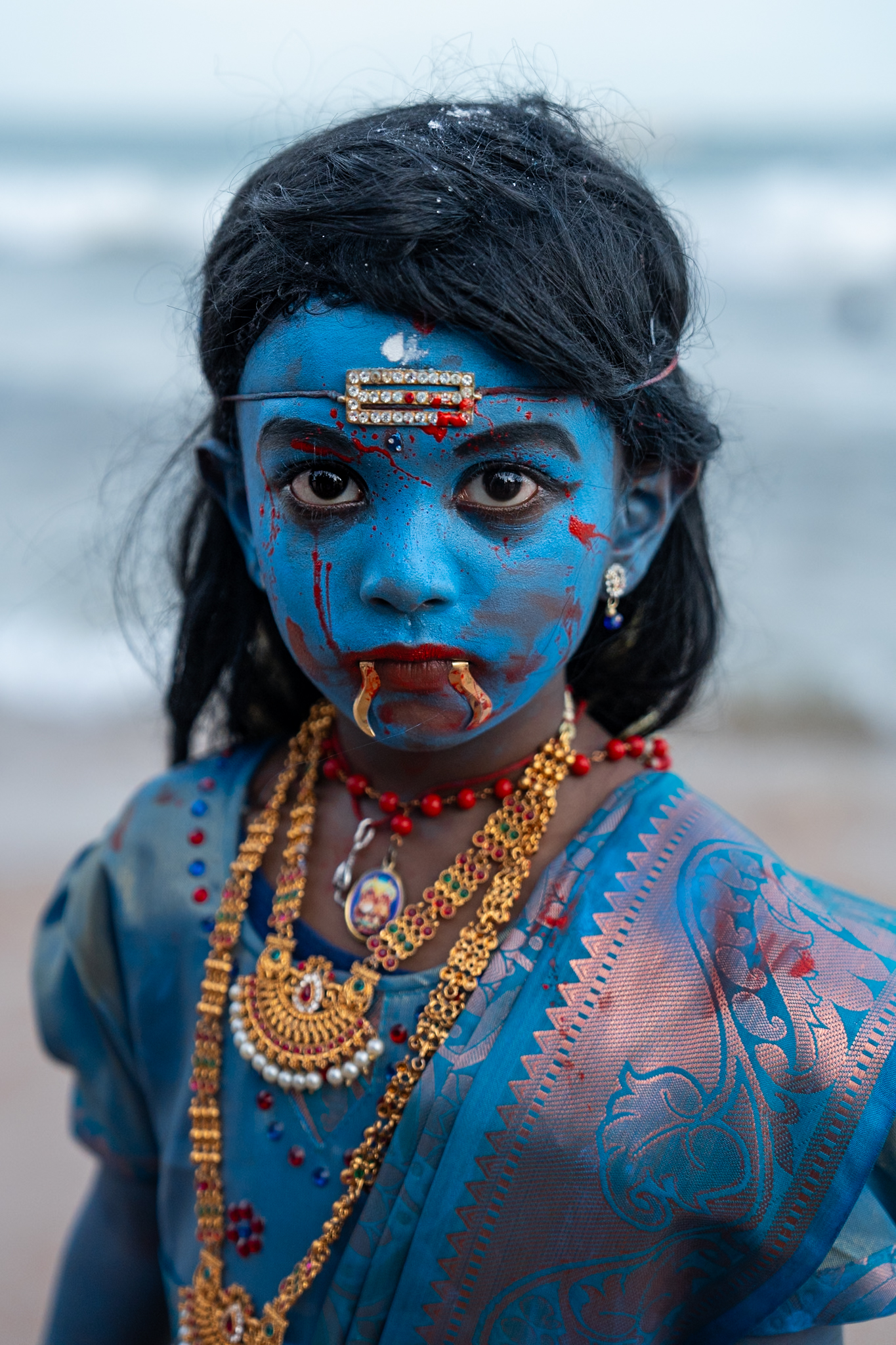
I would say the ratio is about 50-50 between documentary-style photos and more creative photos. The documentary side comes into play mostly during cultural events or festivals, where I focus on capturing the in-depth essence of traditions, rituals, and the atmosphere. On the other hand, my creative work leans more towards street style and daily life whether it’s a minimalist approach or observing the everyday rhythm of people around us. Both approaches balance each other, and together they shape the way I tell stories through photography.
How Do You Prepare Mentally And Technically Before Attending A Large-scale Festival?
Preparation is both mental and technical. Mentally, I research and visualise the crowd, the flow, and the energy of the festival, this helps me get into the right headspace. Technically, I prepare everything down to the smallest detail: what gear to carry, how to protect my camera, what attire will allow me to blend and move freely in the crowd, even the placement of my bag (always in front in crowded areas). Every location demands its own approach, whether I’m blending into the colours of Rajasthan or preparing for the long walks of Wari, I make sure I’m comfortable enough to stay present and focus on capturing stories.
What Is The Most Unique Spectacle You’ve Witnessed And How Did You Capture It?

One of the most unforgettable spectacles I’ve seen was during a Ganpati festival in a village, to visually see the entire village come together in unity. Dozens of Ganpati idols were carried on people’s heads, all moving towards immersion. Just before the visarjan, they formed a huge circle, placed the idols in the center, and performed the final Aarti. The sight of hundreds of villagers in traditional attire, the glowing Diyas, the chants, the golden light, it was overwhelming. I barely had time to think, I just lifted my camera and clicked, making sure I didn’t miss that fleeting but extraordinary alignment of people, culture, and nature. That frame remains etched in my memory forever.
What Is One Thing You’d Do Differently If You Were To Start Over?
If I were to start over, I’d dive even deeper into the idea of connection earlier in my career. Over the years, my ongoing project “Diptych” has taught me how everything around us is interconnected from patterns to traditions, from rituals to human emotions. The more I travel and document festivals, the more I see these invisible threads tying people and places together.
Looking back, I realise that embracing this perspective earlier would have helped me refine my storytelling sooner. But at the same time, perhaps it was necessary to evolve gradually, to notice, and then to connect the dots through experience.
What Is Your Bucket Shot?
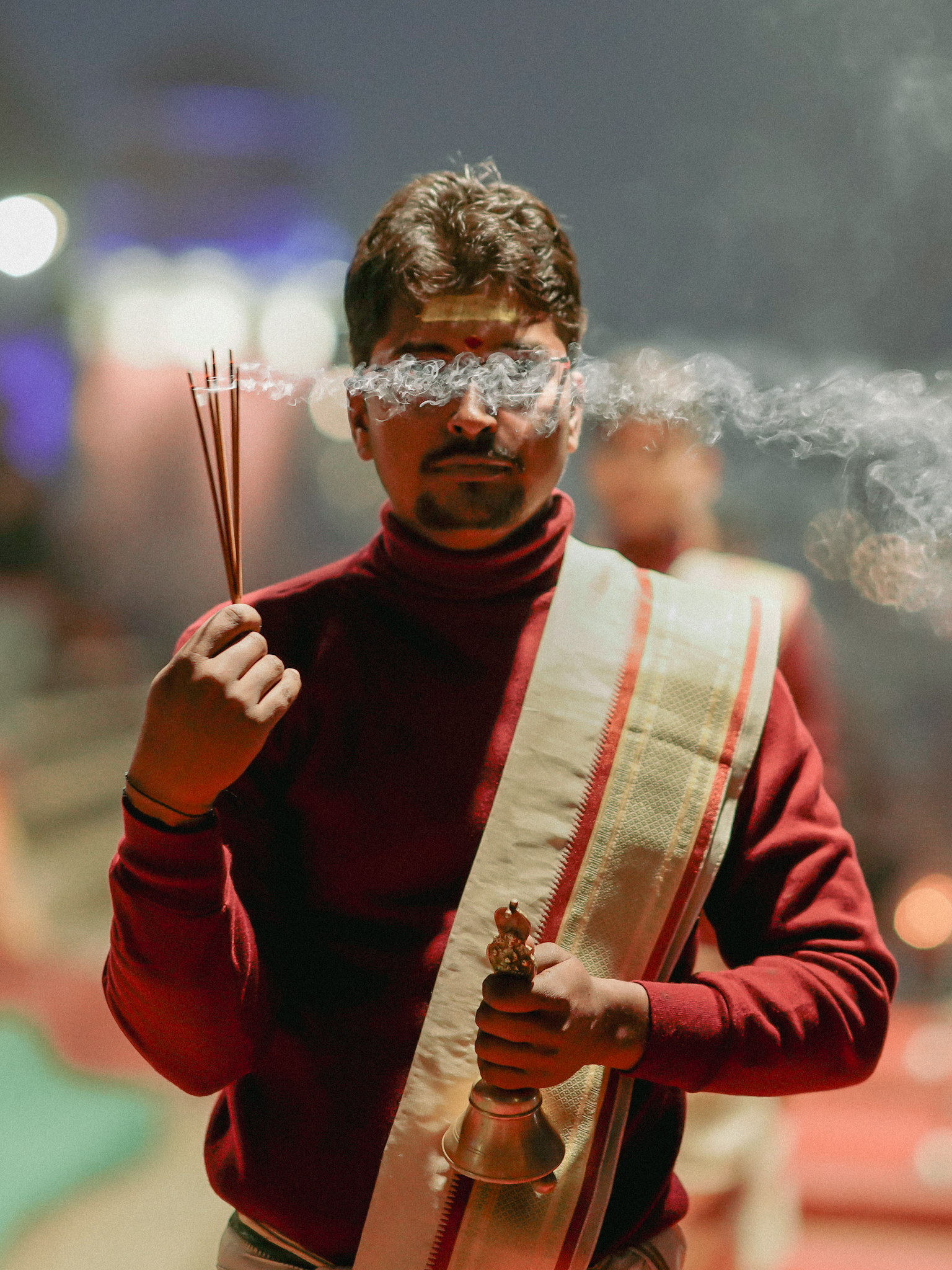
Varanasi has always given me countless frames, especially of the Ganga Aarti, which I’ve photographed from almost every possible angle. But one day, I challenged myself to see it differently to shift focus from the grand scene to the smaller, symbolic elements which they have in Aarti.
That’s when I created what I consider one of my bucket shots: a priest holding an incense stick, with a line of smoke rising perfectly in front of his eyes, almost as though it was drawn there intentionally. It was one of those microseconds that you can’t plan—not a moment before, not after—only then. For me, that photograph embodies the beauty of patience, timing, and observation, and it will always remain special.


